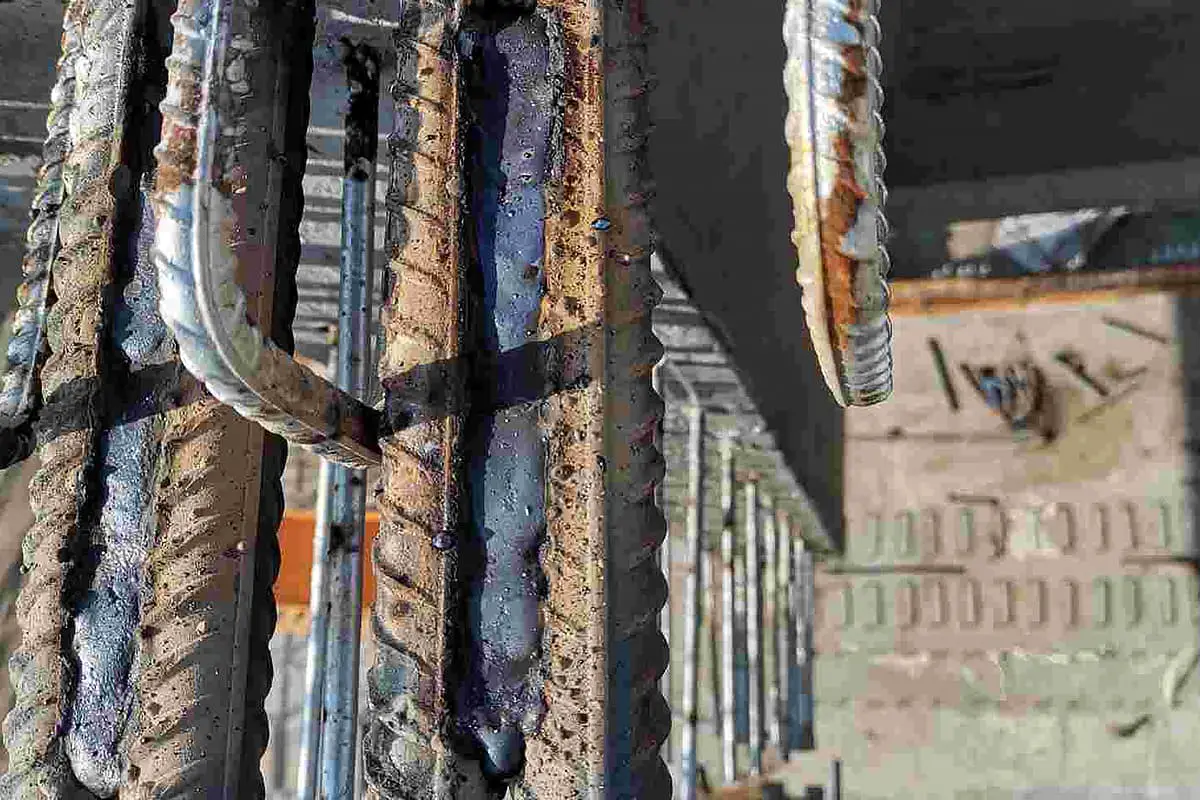Best Practices for Preventing Weld Undercut: Grasping the Essentials
Best Practices for Preventing Weld Undercut: Grasping the Essentials
Blog Article
Recognizing the Causes and Solutions for Undercut Welding in Metal Construction Processes
In the realm of steel fabrication processes, the incident of undercut welding positions a significant obstacle that requires an extensive understanding of its reasons and practical remedies. The intricate interaction of numerous aspects throughout welding procedures can lead to this undesirable sensation, impacting the structural stability and general quality of the bonded joints - Preventing weld undercut. By studying the origin of undercut welding and discovering effective restorative steps, producers can boost the requirement of their handiwork and make certain the production of perfect steel components
Common Sources Of Undercut Welding
Often overlooked in steel construction, undercut welding occurs due to numerous elements that demand careful attention and experience to be successfully mitigated. One typical reason for undercut welding is excessive warmth input. When the warmth input is also high, it can cause the melting and succeeding erosion of the base material along the edges of the weld joint, producing a groove or undercut. In addition, incorrect welding methods, such as utilizing the wrong welding angle or take a trip speed, can additionally add to undercut formation. Poor shielding gas protection is another key variable that can result in damaging. Inadequate gas insurance coverage stops working to secure the weld pool sufficiently, bring about oxidation and undercut defects. Moreover, the selection of welding criteria, such as voltage, existing, and cable feed speed, plays a significant function in the event of undercut welding. Comprehending these usual causes is essential for applying precautionary procedures and ensuring premium welds in steel construction procedures.
Influence of Incorrect Welding Parameters
Unreliable welding specifications can dramatically endanger the integrity and high quality of bonded joints in steel manufacture procedures. The influence of inaccurate welding specifications manifests in numerous means, leading to structural weaknesses and defects in the bonded parts. Careful focus to welding criteria is critical to ensure the production of high-quality welds with the wanted mechanical homes and architectural honesty.
Impact of Improper Torch Angle
Improper torch angle in welding procedures can significantly impact the high quality and integrity of the last weld joints in metal construction procedures. Damaging is a typical welding flaw where a groove forms along the weld toe, weakening the joint and endangering its structural stability.
A lantern angle that is too high can bring about not enough penetration, incomplete blend, and raised spatter. On the various other hand, a lantern angle that is too shallow can result in extreme infiltration, burn-through, and distortion of the base product. Preventing weld undercut. Proper torch angle is important for guaranteeing regular weld top quality, stamina, and appearance
To avoid undercutting and other defects brought on by inappropriate torch angles, welders need to be trained to maintain the proper torch angle throughout the welding process. Normal monitoring and change of lantern angles during welding can assist achieve audio welds with very little defects.
Function of Inadequate Welding Techniques

One more element of poor welding methods is improper weld prep work. Inadequate cleaning of the base metals, inaccurate joint style, or not enough you can look here side prep work can all add to undercut welding. In addition, insufficient protecting gas insurance coverage or using the incorrect sort of gas can cause incomplete combination and the development of undercut defects.
To resolve the duty of insufficient welding techniques in steel construction processes, it is important to provide thorough training for welders. Appropriate education on welding criteria, joint prep work, and shielding gas option can assist prevent undercut welding and make certain top notch welds in metal manufacture jobs.
Effective Solutions for Undercut Welding
Resolving undercut welding in metal manufacture needs implementing efficient solutions to boost weld quality and architectural integrity. Among the primary remedies to fight undercut is to readjust welding parameters such as voltage, existing, and travel speed to make sure correct warm input and fusion. By fine-tuning these setups, welders can prevent extreme melting of the base steel and filler material, minimizing the likelihood of undercut formation.
Additionally, proper joint preparation is critical in protecting against undercut. Guaranteeing clean base metal surface areas without contaminants and making use of the appropriate bevel angle can assist advertise far better weld infiltration and reduce the threat of undercut - Preventing weld undercut. Employing learn this here now suitable welding strategies, such as oscillating the lantern or weaving, can likewise help in distributing heat uniformly and loading the weld joint sufficiently, decreasing the opportunity of undercut defects
Moreover, selecting the proper welding consumables, including electrodes and filler steels, is essential in reducing undercut. Utilizing materials with proper chemical make-ups and mechanical properties can important source add to attaining sound welds with very little undercut. Routine assessment and top quality control actions need to also be implemented to spot and attend to undercut issues promptly, guaranteeing the general honesty of fabricated steel elements.

Conclusion
In verdict, comprehending the causes and solutions for undercut welding in steel manufacture processes is vital for accomplishing high-quality welds. By resolving usual reasons such as wrong welding specifications, inappropriate torch angle, and inadequate welding strategies, welders can prevent damaging and guarantee strong, long lasting welds. It is vital to pay focus to these elements and apply effective solutions to enhance the overall welding process and end product high quality.

Report this page